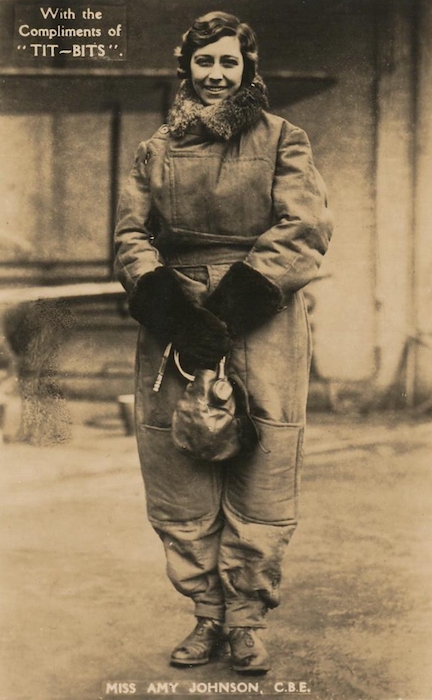Eleven, Eleven, Eleven — II
As I discussed in a previous post, the arrival of the Armistice on 11 November 1918 suddenly made the Aerial League of the British Empire’s foray into wartime propaganda films irrelevant. Yet the bizarre coincidence that the film happened to give a prominent place to the time and date of the Armistice suggested the possibility […]

